So you’re playing a game of chess and your opponent opens with 1. d4, looking to control the center of the board.
Now what? As a chess player, the move your opponent makes immediately affects how you respond and the positions that develop from there.
When facing d4, you have a few main options to choose from, each with its own strengths and weaknesses.
The best response for you depends on your playing style and preferences.
Do you like aggressive attacks, solid defenses, or complex positions with lots of tension?
Your answer determines your choice of opening.
The two most popular responses to 1. d4 are 1…Nf6 and 1…d5.
Nf6 is a hypermodern choice that attacks the center with a knight rather than occupying it with a pawn. This move usually signals one of the Indian defenses, such as the Queen’s Indian or the Nimzo-Indian, and can also lead to the Grunfeld Defence or the Benoni.
On the other hand, d5 creates a symmetrical position on the board and helps to develop the queenside bishop at the same time. Common openings deriving from this line are the Queen’s Gambit (Accepted or Declined), the Slav, and the Semi-Slav.
Let’s see some of this in detail:
The Queen’s Gambit
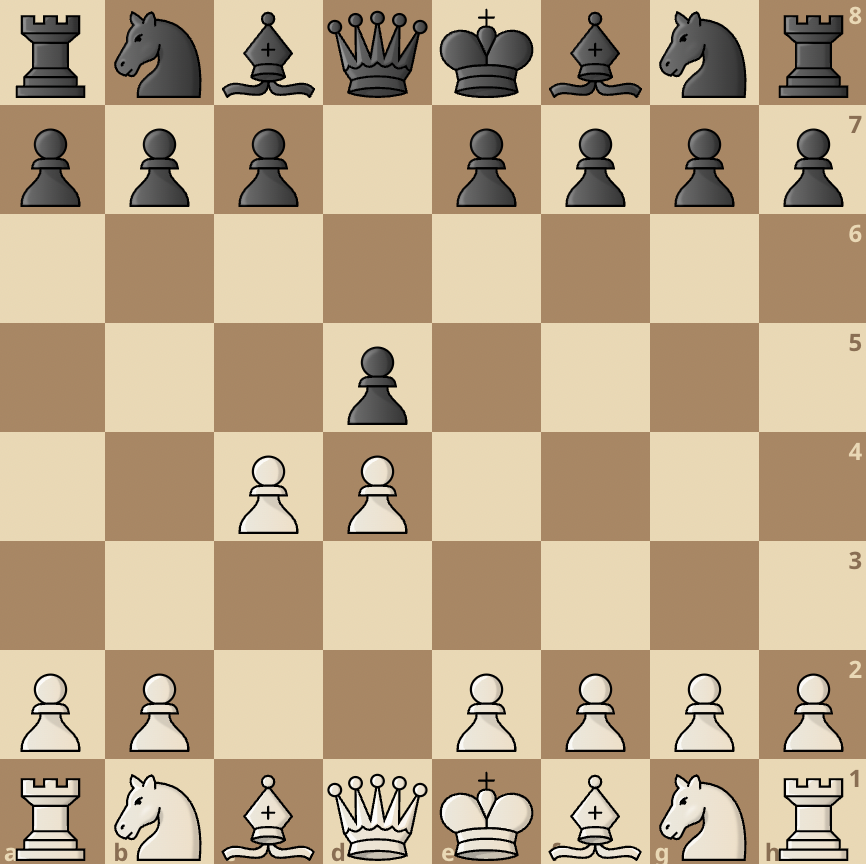
One of the most popular responses is the Queen’s Gambit. You defend the center pawn with 1…d5.
This flexible move allows you to fight for control of the center.
White usually plays 2. c4 after which Black has a myriad of options: 2…e6 (Queen’s gambit declined), 2…dxc4 (Queen’s gambit accepted), or 2…c6 (Slav Defense).
The QGD leads to positions where you have chances to attack White’s center and queenside.
However, you need to be careful not to fall behind in development. Look for opportunities to castle kingside and activate your rooks.
We have a comprehensive guide that explains all you need to know about the Queen’s gambit. Read more here.
The Slav Defense

The Slav Defense is a product of the Queen’s Gambit opening. It’s very solid and recommended for beginners and intermediate players.
You respond 2…c6 with many ideas:
- You strengthen the pawn on d5.
- You leave the c8-h3 diagonal open for the light-squared bishop. This is not possible in Queen’s Gambit declined (due to 2…e6).
- You can easily generate counterplay on the queenside with moves like …dxc4, …b5, …c5 etc.
- You open up the d8-a5 diagonal for the black queen on d8.
You can study the Slav Defense here in more detail.
Queen’s Indian Defense
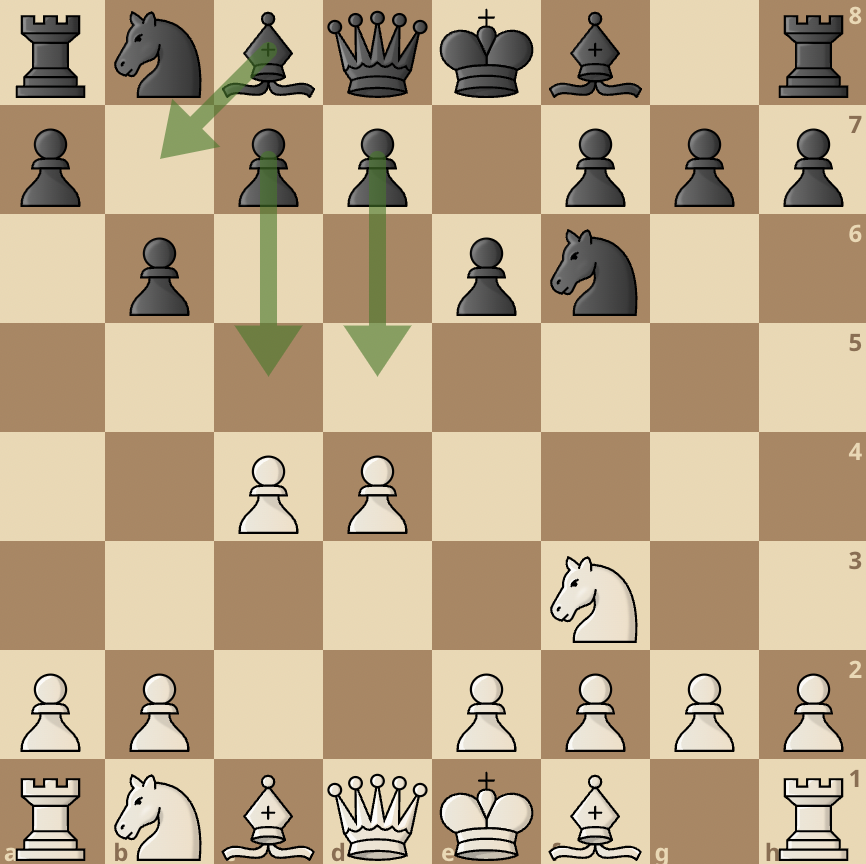
This is a hypermodern opening for Black in response to White’s 1. d4. It is characterized by the moves 1. d4 Nf6 2. c4 e6 3. Nf3 b6.
The Queen’s Indian Defense is a solid opening that aims to control the center with pieces rather than pawns.
Black plays b6 to fianchetto the light squared bishop to b7 or a6 controlling the long diagonal with plans of countering White’s center with d5 and c5 pawn breaks.
You can study the Queen’s Indian Defense here in more detail.
Nimzo-Indian Defense
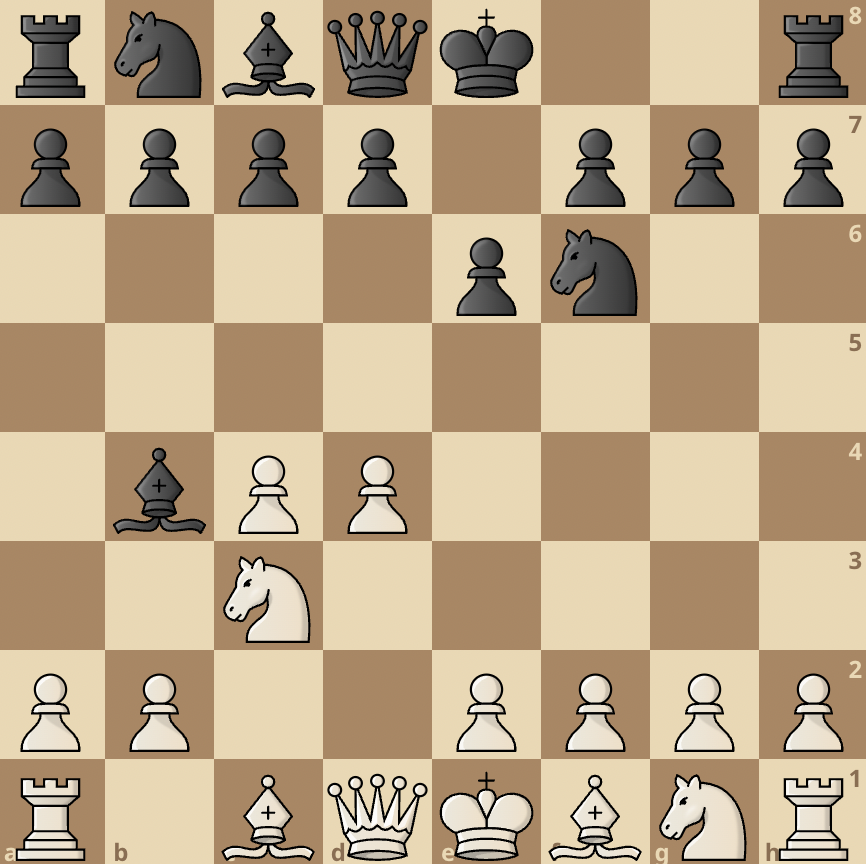
This opening is characterized by the moves 1. d4 Nf6 2.c4 e6 3.Nc3 Bb4.
The Nimzo-Indian Defense is a solid opening that often gives up the bishop pair but receives the better pawn structure and easy development in exchange.
Black will also try to keep the position closed, while White seeks to open up the center for the two bishops.
You can study the Nimzo-Indian Defense here in more detail.
The King’s Indian Defense
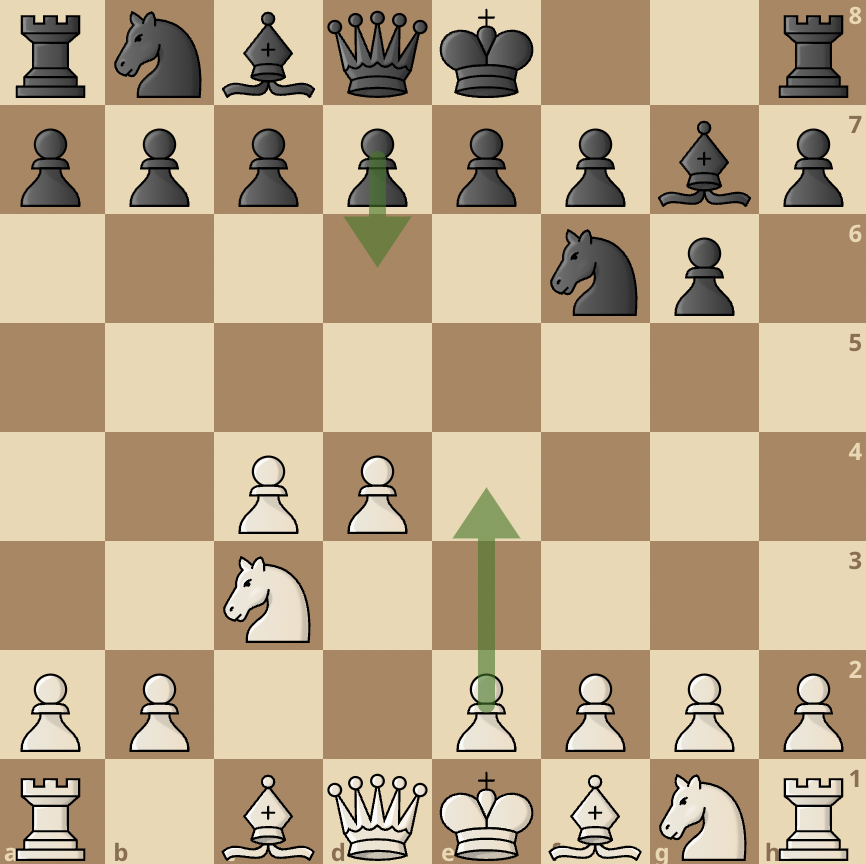
The King’s Indian Defense is a hypermodern opening that allows White to build a strong pawn center, which Black can later counter-attack.
The opening is characterized by the moves 1.d4 Nf6 2.c4 g6 3. Nc3 Bg7.
The King’s Indian Defense is a sharp opening and is not recommended for beginners. However, it has been employed by many strong grandmasters like Bobby Fischer and Garry Kasparov when fighting for a win with the black pieces.
We have a guide to learn the King’s Indian Defense in more detail.
Grunfeld Defense
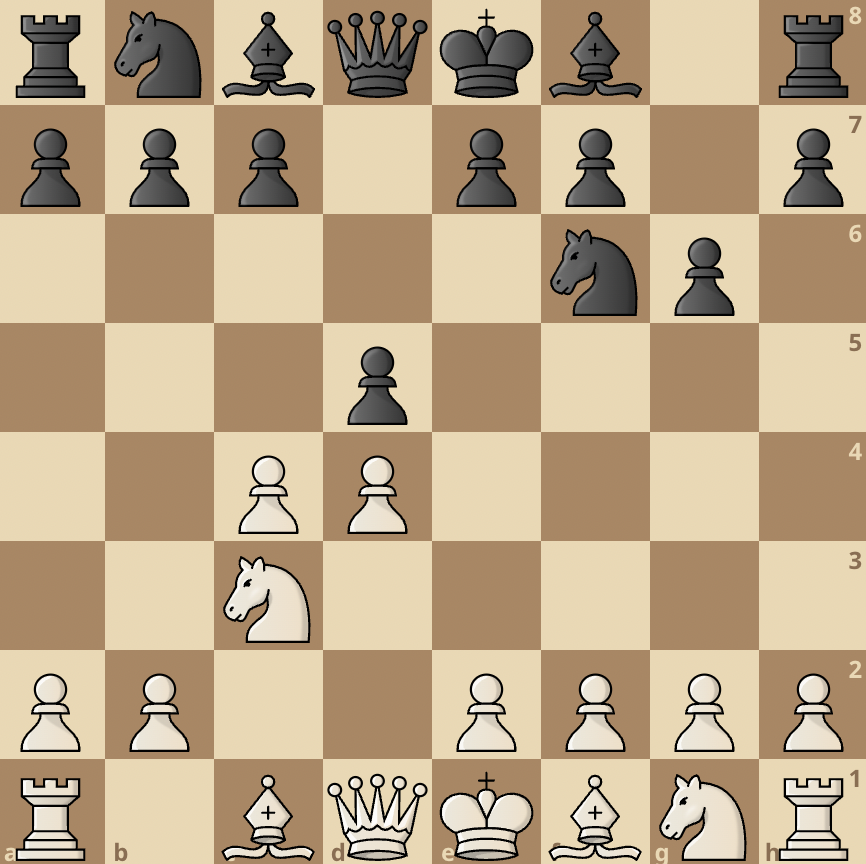
This is a cousin of the King’s Indian Defense after 1. d4 Nf6 2.c4 g6 3.Nc3 where Black strikes in the center with 3…d5 instead of playing 3…Bg7.
The Grunfeld Defense is more confrontational in the center than the King’s Indian Defense. White might get a central pawn mass, but Black plans to strike it down.
The opening is named after Ernst Grunfeld, an Austrian grandmaster who invented the opening.
Study the Grunfeld Defense from our comprehensive guide.
Minority Openings
If you prefer an aggressive game to 1. d4, 1…c5 is a great choice. It immediately contests the center and allows you to attack white’s position.
1…c5 enables openings like the Benoni, Benko Gambit, or Modern Benoni.
For an unbalanced, dynamic position, 1…g6 is an interesting option. It allows your dark-squared bishop to come out and supports a quick …Bg7 and …c5.
The Pirc and Modern Defenses can arise from …g6. Note that the Pirc Defense can also arise after 1. e4 due to its flexibility.
Concluding Thoughts
Ultimately, the best response against d4 comes down to your personal playing style and opening repertoire.
Whether you prefer sharp and tactical positions with the Nf6 lines or more strategic games with d5, you have plenty of viable options to choose from.
The key is not to get too caught up in what the “theory” says is objectively best, but rather find positions you understand and enjoy playing.
After all, you’re the one who has to think at the board, not the books.
You may also want to see:
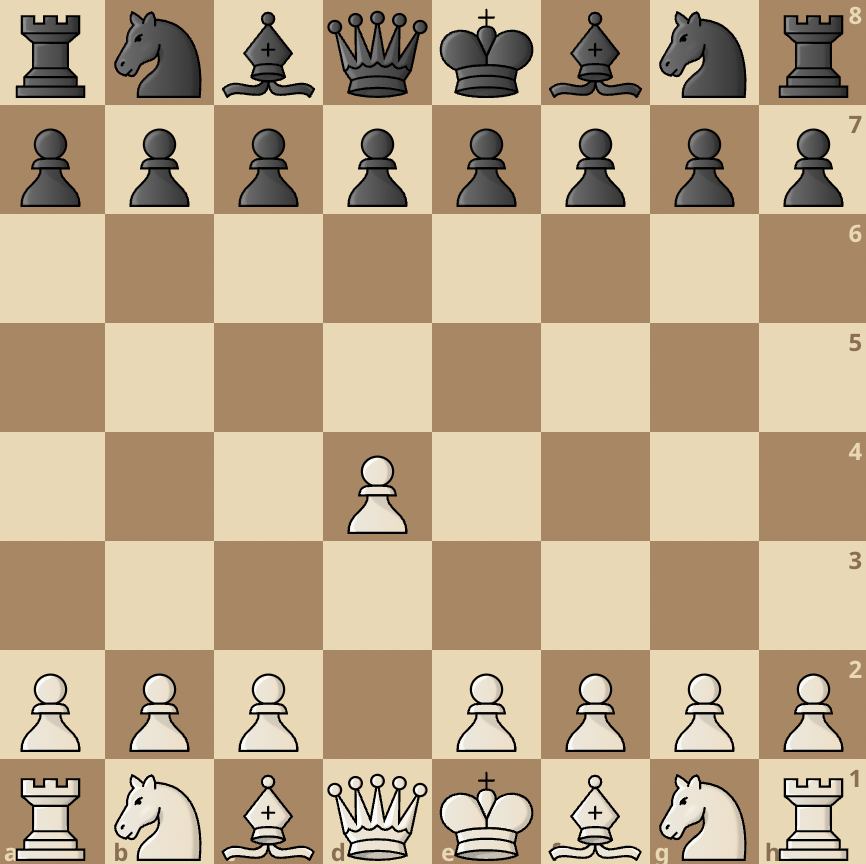




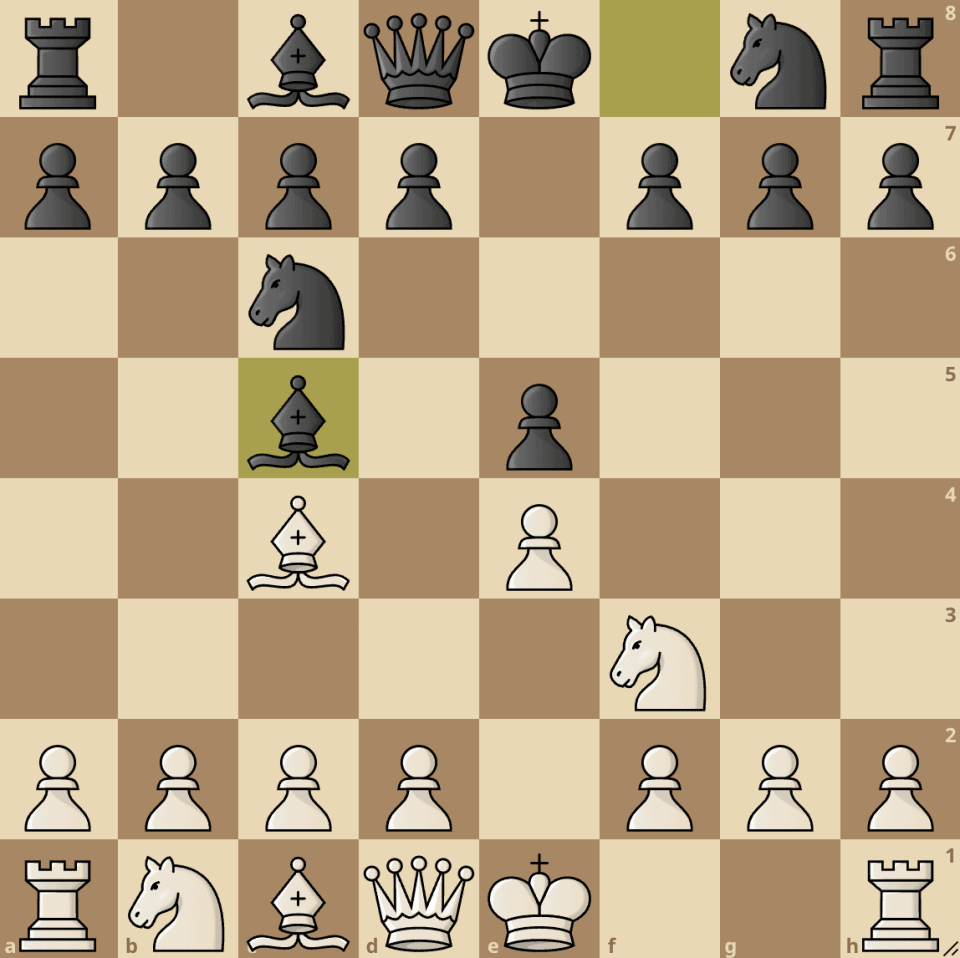

join the conversation